Roundtable Discussion: Moving From Physiology Justified PCI, to Physiology Guided PCI
Published: 17 March 2017
-
Views:
 338
338
-
Likes:
 7
7
-
Views:
 338
338
-
Likes:
 7
7
-
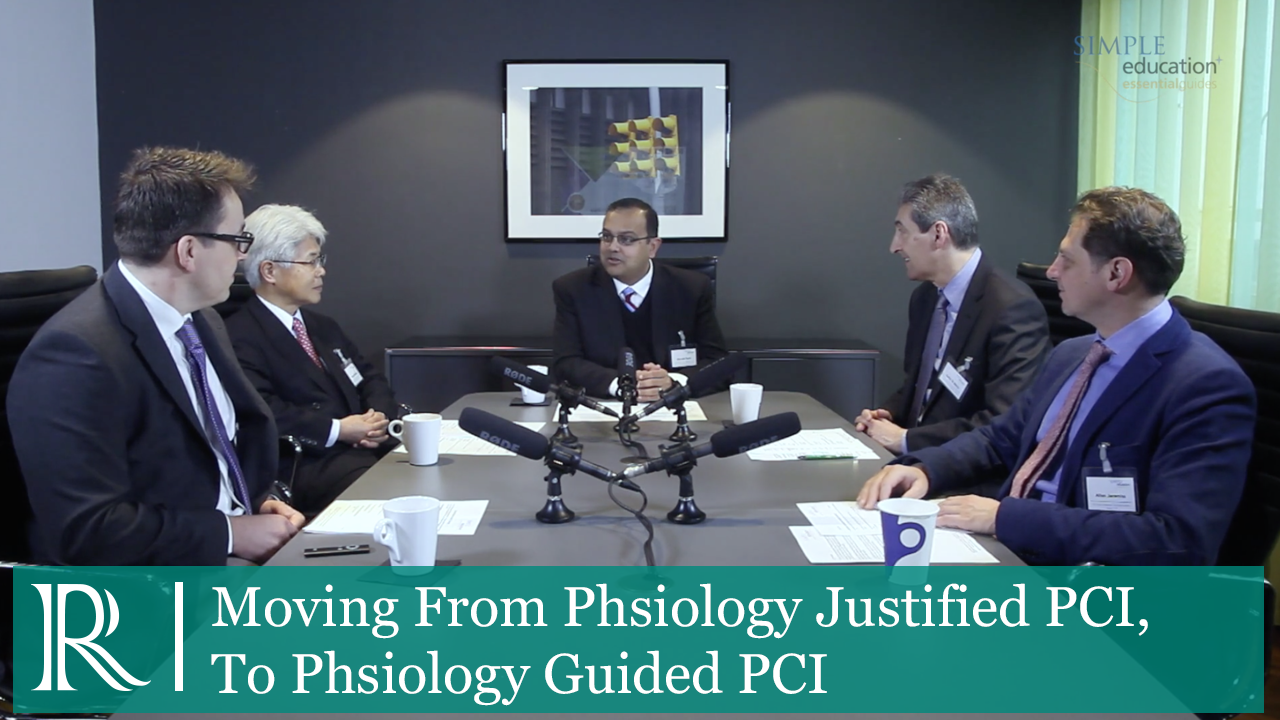 Part 1 SESSION 1: DEFINE FLAIR – STUDY DESIGN & RESULTS Manesh R Patel, Takashi Akasaka, Justin E Davies, Carlo Di Mario, Allen Jeremias
Part 1 SESSION 1: DEFINE FLAIR – STUDY DESIGN & RESULTS Manesh R Patel, Takashi Akasaka, Justin E Davies, Carlo Di Mario, Allen Jeremias
-
 Part 2 SESSION 2: DEFINE FLAIR – HOW SHOULD WE INTERPRET THE RESULTS? Manesh R Patel, Takashi Akasaka, Justin E Davies, Carlo Di Mario, Allen Jeremias
Part 2 SESSION 2: DEFINE FLAIR – HOW SHOULD WE INTERPRET THE RESULTS? Manesh R Patel, Takashi Akasaka, Justin E Davies, Carlo Di Mario, Allen Jeremias
-
 Part 3 SESSION 3: GUIDELINES Manesh R Patel, Takashi Akasaka, Justin E Davies, Carlo Di Mario, Allen Jeremias
Part 3 SESSION 3: GUIDELINES Manesh R Patel, Takashi Akasaka, Justin E Davies, Carlo Di Mario, Allen Jeremias
-
 Part 4 SESSION 4: CORONARY PHYSIOLOGY USE & ADOPTION Manesh R Patel, Takashi Akasaka, Justin E Davies, Carlo Di Mario, Allen Jeremias
Part 4 SESSION 4: CORONARY PHYSIOLOGY USE & ADOPTION Manesh R Patel, Takashi Akasaka, Justin E Davies, Carlo Di Mario, Allen Jeremias
-
 Part 5 SESSION 5: FUTURE CONSIDERATIONS Manesh R Patel, Takashi Akasaka, Justin E Davies, Carlo Di Mario, Allen Jeremias
Part 5 SESSION 5: FUTURE CONSIDERATIONS Manesh R Patel, Takashi Akasaka, Justin E Davies, Carlo Di Mario, Allen Jeremias
Overview
During the "Advances in Coronary Physiology" course in London 2017, Simple Education, in association with Radcliffe Cardiology, filmed a roundtable discussion focused around the impact of the DEFINE-FLAIR clinical trial results presented as a Late-Breaking Trial at the American College of Cardiology (ACC) 2017 on 18th March 2017.
This discussion was moderated by Dr. Manesh Patel (Durham, US) who was joined by an expert group of physicians including Prof Takashi Akasaka (Wakayama, Japan), Prof Carlo di Mario (Florence, Italy), Dr. Justin Davies (London, UK) and Dr Allen Jeremias (New York, US).
The meeting comprised of six panel discussions on a range of topical issues related to all aspects of coronary physiology.
This educational activity is intended for an international audience, specifically interventional cardiologists and cardiologists. However, other healthcare professionals involved in the care of coronary artery disease (CAD) patients will also find this topical.
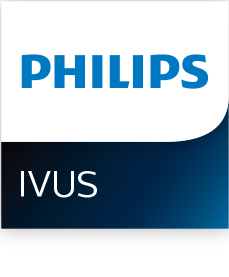
Learning objective
- To increase awareness of the DEFINE FLAIR trial
- To analyse the importance of the trial results in the use of iFR in the Cath Lab
- To assess how these trial results may influence the use and adoption of coronary physiological assessment
- To debate whether current guidelines are adequate in light of these results
- To summarise on-going trials of interest and other areas worthy of research, including iFR SwedeHeart, SYNTAX II and other notable trials
- To review emerging uses and technologies for physiological assessment, including but not limited to CT FFR and Image-based FFR
Panellists
- Prof. Takashi Akasaka (Wakayama, Japan)
- Dr. Justin Davies (London, United Kingdom)
- Prof. Carlo Di Mario (Florence, Italy)
- Dr. Allen Jeremias (St Francis Hospital, NY)
- Dr. Manesh Patel (Durham, United States)
More from this programme
Part 1
SESSION 1: DEFINE FLAIR – STUDY DESIGN & RESULTS
Part 2
SESSION 2: DEFINE FLAIR – HOW SHOULD WE INTERPRET THE RESULTS?
Part 3
SESSION 3: GUIDELINES
| 1 session | |
| SESSION 3: GUIDELINES | Watch now |
Part 4
SESSION 4: CORONARY PHYSIOLOGY USE & ADOPTION
Part 5
SESSION 5: FUTURE CONSIDERATIONS
| 1 session | |
| SESSION 5: FUTURE CONSIDERATIONS | Watch now |
Part 6
SESSION 6: QUICK FIRE DEBATE SESSION
Faculty Biographies

Manesh R Patel
Professor of Medicine / Chief, Division of Clinical Pharmacology / Chief, Division of Cardiology
Manesh Patel is the Chief of the Division of Cardiology and the Division of Clinical Pharmacology. His clinical interests include diagnostic and interventional coronary angiography, peripheral angiography and endovascular intervention. His is involved in several clinical trials involving patients with cardiovascular disease and in cardiac imaging. He is also the Chair of the American College of Cardiology Task Force for Appropriate Use Criteria for Cardiovascular Procedures and is Chair of the American Heart Association Diagnostic and Interventional Cath Committee.
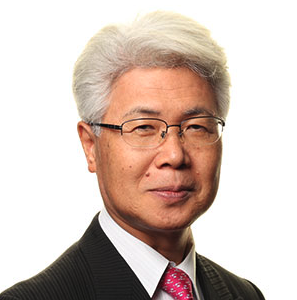
Takashi Akasaka
Interventional Cardiologist
Prof Takashi Akasaka is an Interventional Cardiologist at Wakayama Medical University, Wakayama, JP.
He graduated from Wakayama Medical University in 1982 and finished his residency at Kobe City Medical Center General Hospital.
Since 2005 he has been devoted to the clinical research work using OCT.
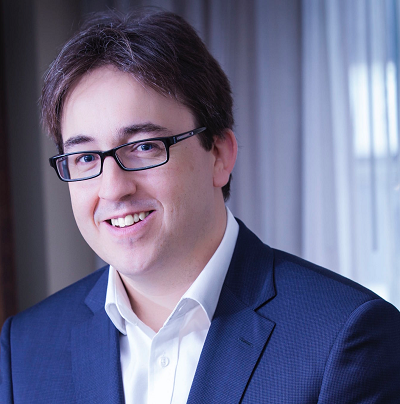
Justin E Davies
Dr Justin Davies is a Senior Research Fellow and Consultant Cardiologist at Imperial College London. He also completed his undergraduate training and continued on to complete his PhD at Imperial after being awarded a British Heart Foundation research fellowship.
Now a leading clinical academic in the field of interventional cardiology, Dr Davies has pioneered several new techniques, including coronary wave intensity and instantaneous wave-free ratio (iFR). He is also published extensively in the field of hypertension and coronary and large artery physiology.

Carlo Di Mario
Full Professor of Cardiology
Prof Carlo Di Mario was born in Modena, Italy and graduated in medicine, specialising in cardiology, from the University of Padua. He trained in interventional cardiology and worked at the Erasmus University of Rotterdam, the Netherlands, where he completed his PhD. He became professor of cardiology at the University of Florence and director of structural interventional cardiology at the Careggi University Hospital, Florence, Italy.
He has previously served as research and clinical director for interventional cardiology at the University Vita-Salute of the San Raffaele Hospital in Milan and consultant cardiologist at the Royal Brompton and Harefield NHS Foundation Trust. Between January 2003 and November 2016, he was…
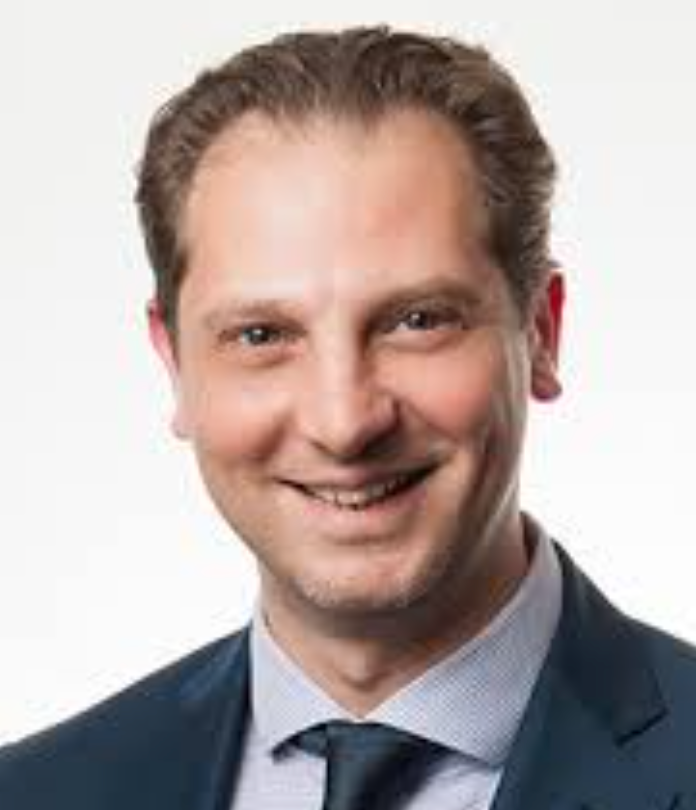
Allen Jeremias
Director of Interventional Cardiology Research and Associate Director, Cardiac Catheterization
Dr Allen Jeremias, MD, MSc is an interventional cardiologist at St. Francis Hospital, Roslyn, NY and Director of Interventional Cardiology Research and Associate Director of the Cardiac Catheterization Laboratory. He is also the Director of the Physiology Core Laboratory at the Cardiovascular Research Foundation, New York, NY.
Dr Jeremias earned his medical degree at Heinrich-Heine-University School of Medicine in Düsseldorf, Germany, and a Master of Science degree at Harvard Medical School. He completed his medical training at The Cleveland Clinic Foundation, Stanford University School of Medicine, as well as Beth Israel Deaconess Medical Center, Harvard Medical School.





